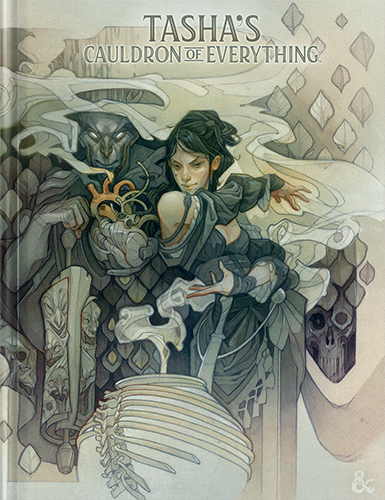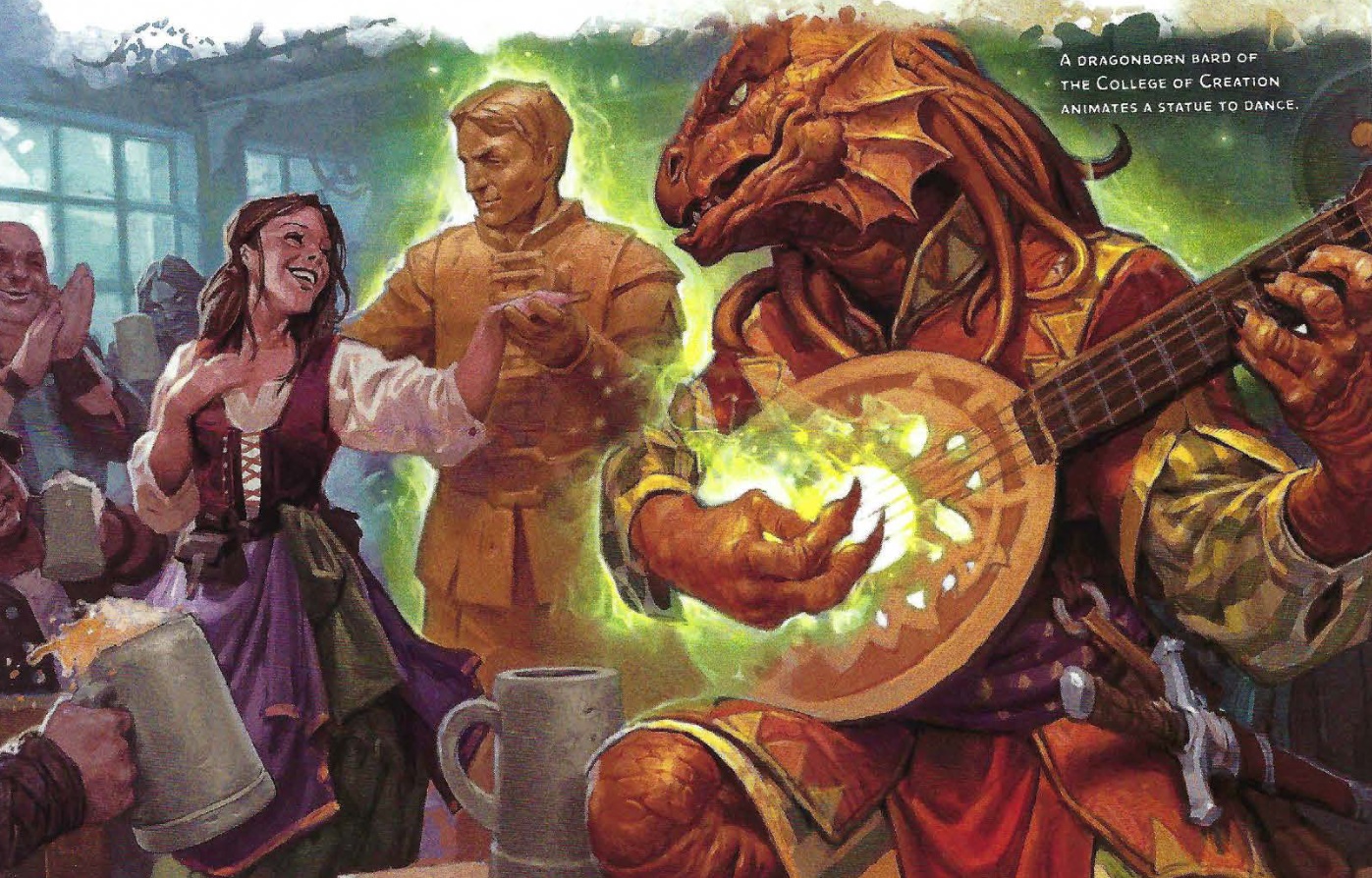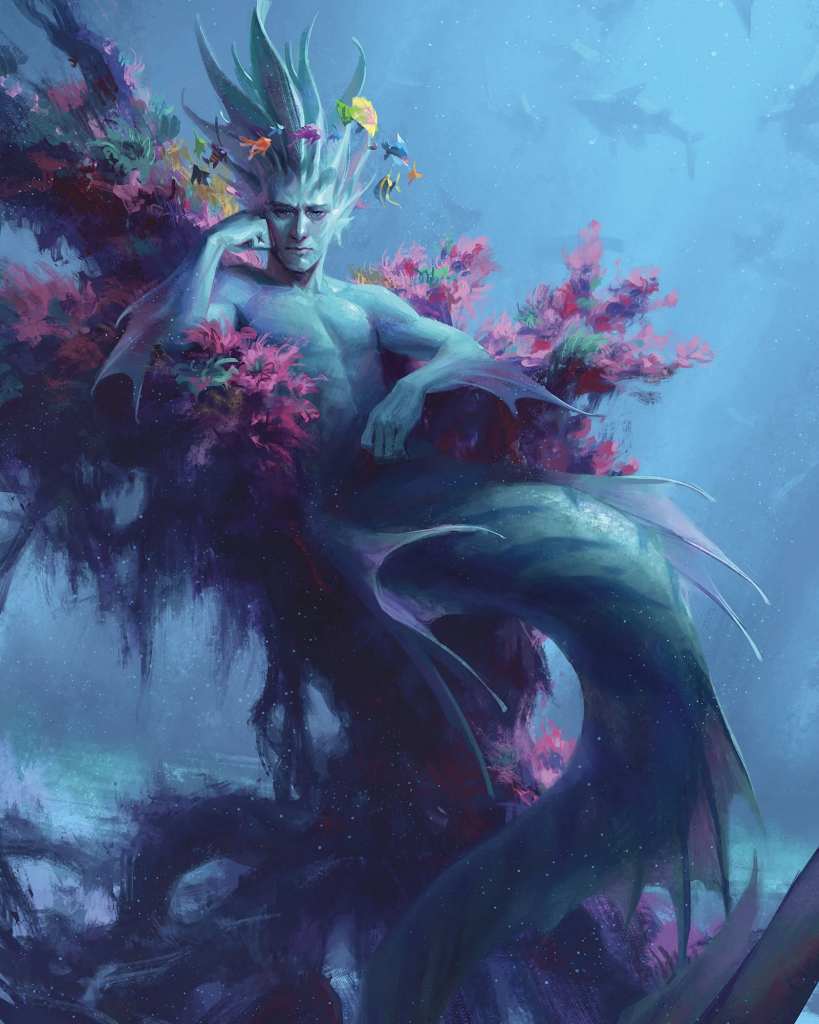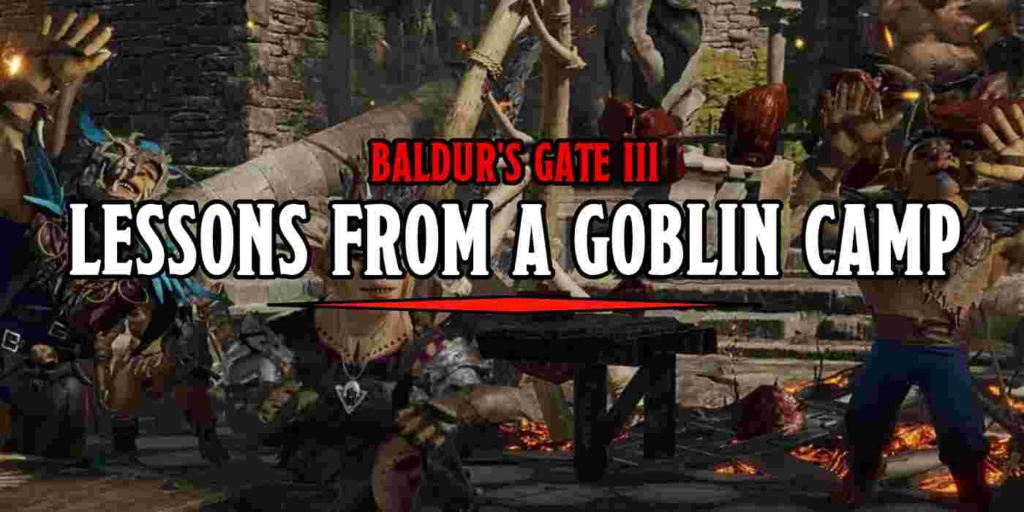D&D: How Race Is Changing In Dungeons & Dragons
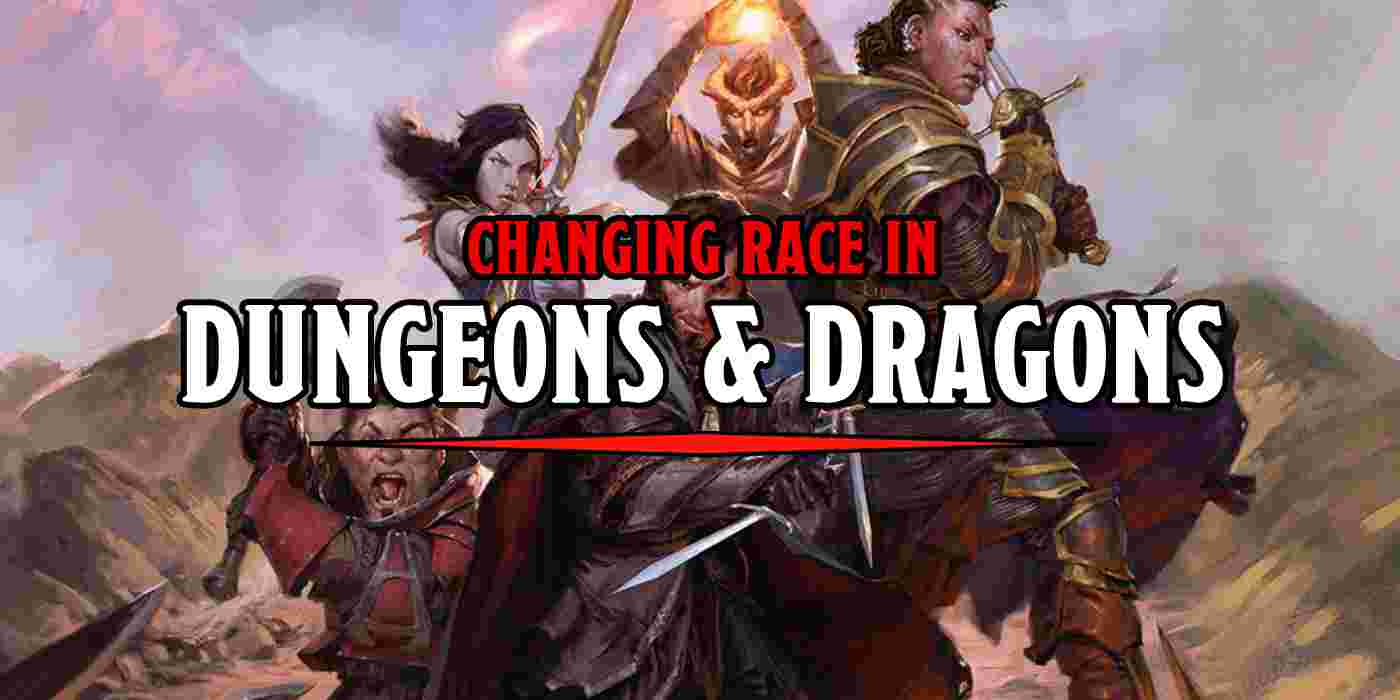

The latest Unearthed Arcana introduced three new ‘gothic lineage’ options, but more importantly, it outlined how race is changing in D&D.
Yesterday’s Unearthed Arcana had a lot going for it: three new player options, a ton of gothic flavor, enough creepy powers to fuel an entire Ravenloft campaign’s worth of heroes. But perhaps the scariest thing contained in the Unearthed Arcana is the specter of change. It seems D&D is starting to leave behind some of the “legacy content” from forty-odd years ago. Race is changing in D&D, building on the momentum from Tasha’s Cauldron of Everything.
As the Unearthed Arcana outlines though, starting with this article and in future D&D books, ‘race options’ are changing, as is the language used to refer to them. Let’s take a look.
Design Note: Changes to Racial Traits
In 2020, the book Tasha’s Cauldron of Everything introduced the option to customize several of your character’s racial traits, specifically the Ability Score Increase trait, the Language trait, and traits that give skill, armor, weapon, or tool proficiencies.
Following in that book’s footsteps, the race options in this article and in future D&D books lack the Ability Score Increase trait, the Language trait, the Alignment trait, and any other trait that is purely cultural. Racial traits henceforth reflect only the physical or magical realities of being a player character who’s a member of a particular lineage.
This Unearthed Arcana is titled “Gothic Lineages” and they talk about characters being ‘members of a particular lineage’ which is a marked departure from the classic ‘player race’. Though the text still refers to ‘racial traits’ alongside your D&D lineage. And what exactly belongs in a “lineage”?
Such traits include things like darkvision, a breath weapon (as in the dragonborn), or innate magical ability (as in the forest gnome). Such traits don’t include cultural characteristics, like language or training with a weapon or a tool, and the traits also don’t include an alignment suggestion, since alignment is a choice for each individual, not a characteristic shared by a lineage.
Advertisement
They spell out very clearly what belongs to your lineage: physical and magical ‘realities’ things that are inescapable. How big or small you are, whether you are touched by the magic of the feywild and can turn invisible, if you have thick dragon scales and thus natural armor–that kind of thing.
But things like weapon proficiencies and tool proficiencies, which are already swappable if you make a character using Tasha’s Cauldron of Everything, that’s all a part of your character creation. More on that in a moment. But first let’s talk about the term “race” in D&D and what it means from here on out:
Finally, going forward, the term “race” in D&D refers only to the suite of game features used by player characters. Said features don’t have any bearing on monsters and NPCs who are members of the same species or lineage, since monsters and NPCs in D&D don’t rely on race or class to function. Moreover, DMs are empowered to customize the features of the creatures in their game as they wish.
It’s an interesting distinction to make. When you talk about a player character’s race, you’re only referring to the traits you get for being, say, a player character who is an elf. They’re not talking about elves as a whole–which feels like step towards addressing the problem of race and D&D. Slowly but surely the game is moving away from the bioessentialism problems at the heart of character race in D&D.
This very much echoes the moves made in fan-made creations, like Arcanist Press’ Ancestry & Culture: An Alternative to Race in 5E, where they separate out your character’s background into your Ancestry (you’re an elf) and your culture (you were raised as a sword-fighter). So at the very least it’s not uncharted territory that WotC is moving into.
A new Unearthed Arcana from @Wizards_DnD, Gothic Lineages, includes a sidebar, titled, "Design Note: Changes to Racial Traits." This sidebar goes beyond & improves on the changes made in the recent Tasha's Cauldron of Everything. Let's look.https://t.co/9aYtYNfQxk#DnD5e #DnD pic.twitter.com/eU5sUkDEv5
Subscribe to our newsletter!Get Tabletop, RPG & Pop Culture news delivered directly to your inbox.By subscribing you agree to our Terms of Use and Privacy Policy.— Arcanist Press (@ArcanistPress) January 26, 2021
With the new ‘Gothic Lineages’ you can see how it goes already: player characters who pick a lineage like Dhampir or Reborn get special qualities–but none of them are bonus languages or proficiencies. Which certainly means seeing more creative features like a draining bite, or access to bonus spells.
It will be interesting to see how WotC handles the transition to this new format for lineage vs. old options like Elves and Dwarves who come with proficiencies. In the future, will WotC split character creation a further step, making you pick a lineage and culture option? Will backgrounds play a bigger role in character creation, offering additional skill/weapon/armor/tool proficiencies? We’ll have to wait and see.
What do you think of the change? Let us know in the comments.

